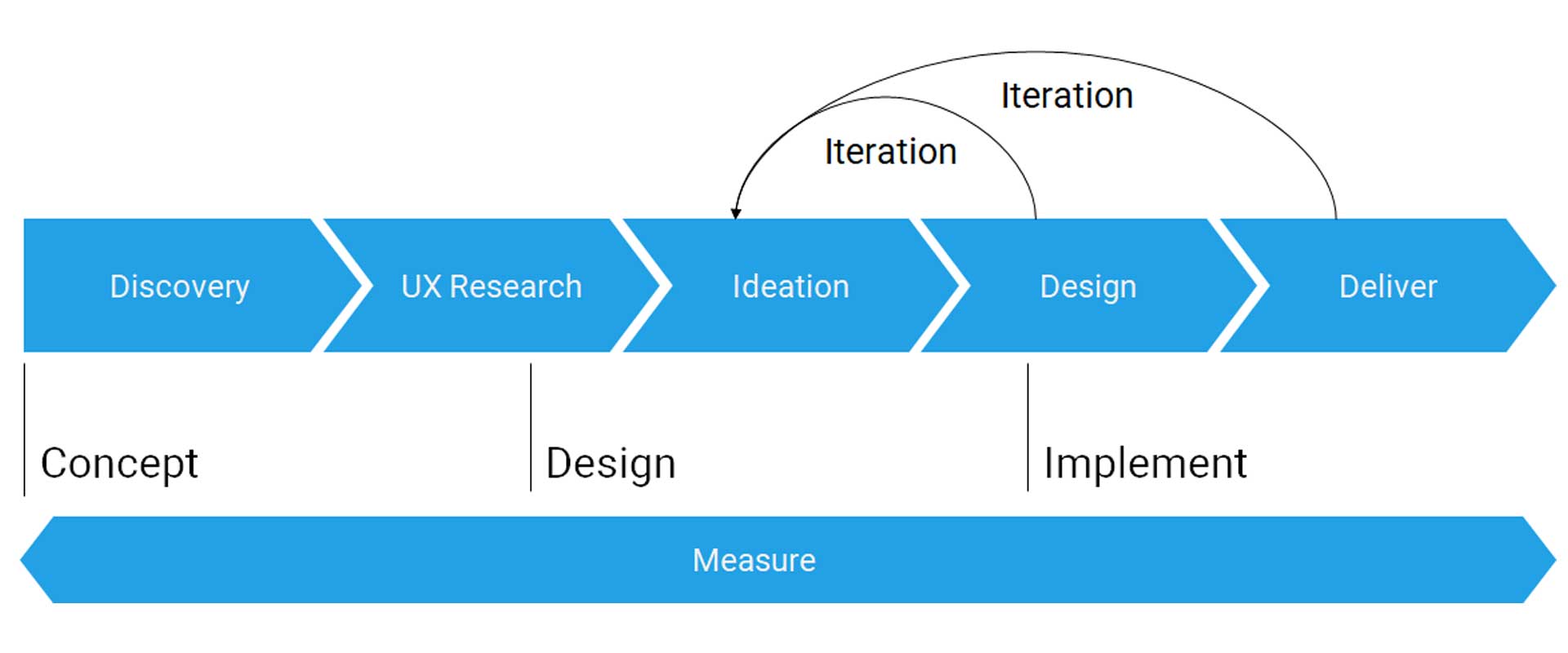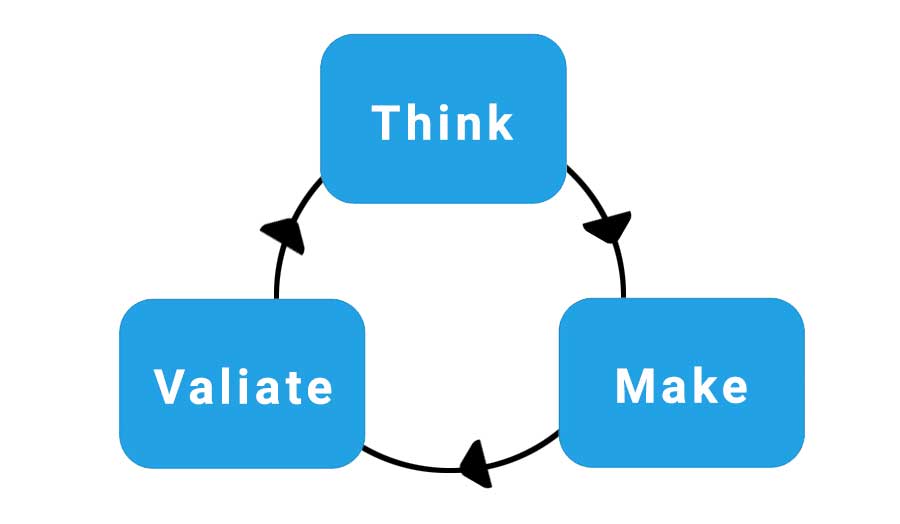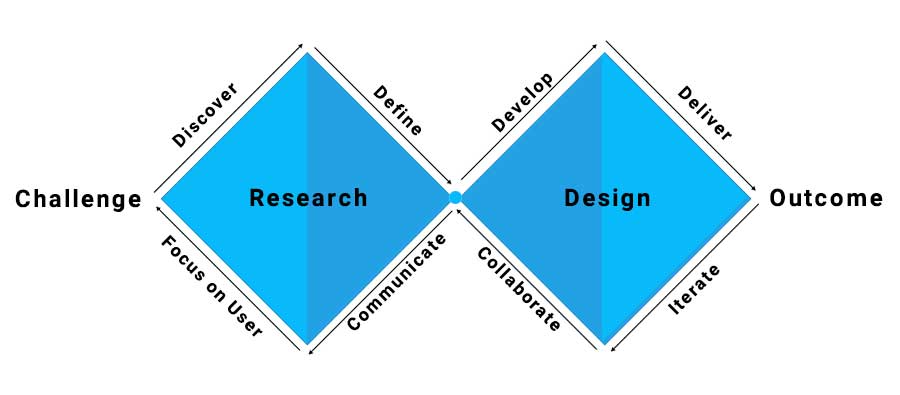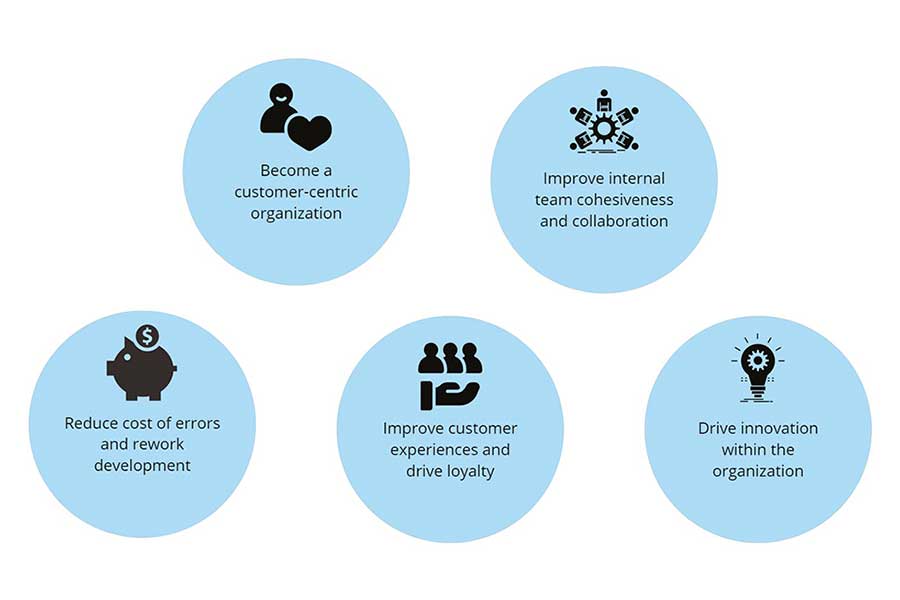UX Leadership
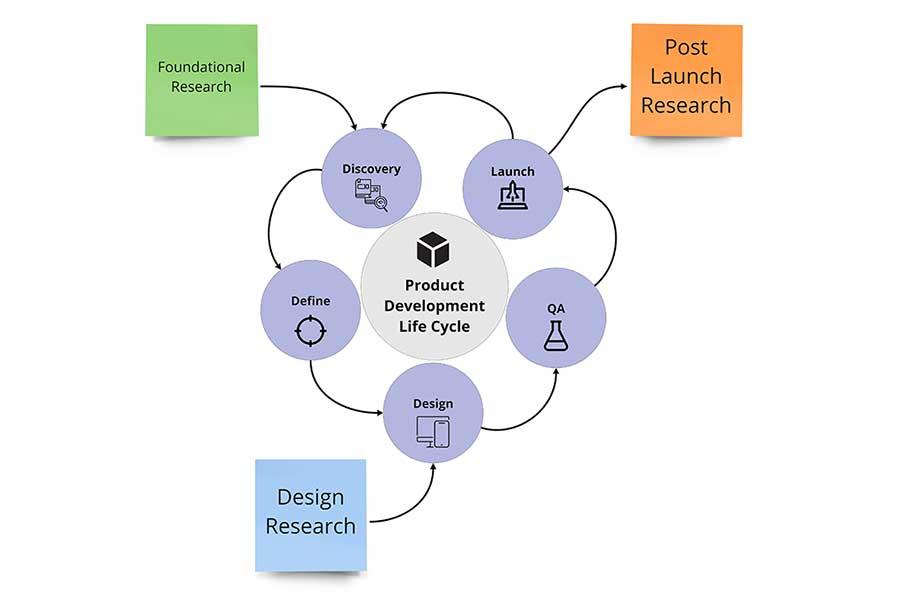
I build UX teams and develop engagement models grounded in UX methodologies. Even before I'd heard of "UX", I was thinking of ways to solve user problems, collaborate with teammates, and streamline processes.
I know that the digital product development life cycle takes ideas from planning to delivery. I've played a part in all stages. UX research and design happens before, during, and even after products launch.
Foundational Research
I start with research and design in the early discovery stage to define the problems in need of solutions. Here, UX talks with users, identifies pain points, and attempts to answer the questions, Who are our users? and What problems can we solve for them?
Typical activities in this stage include:
- User interviews
- Surveys
- Focus groups
- Competitive audit
- Diary and Fields studies
Design Research
In the design phase of the product development life cycle, UX helps to inform our ideas, so that they fit the user's needs. The big question I try answer in this stage is How should we build solutions and measure success?
Typical activities in this stage include:
- Usability studies
- A/B testing
- Card sorting
- Competitive audit
- Intercepts
Post-Launch Research
Happy days when products are released! Now is the time to engage in post-launch research. Here, UX tries to evaluate how well a product or feature meets the needs of the end-users. The goal of post-launch research is to understand how users experienced the product and answer the question, Did we succeed?
Typical activities in this stage include:
- Log analysis
- Surveys
- A/B testing
- Usability study
